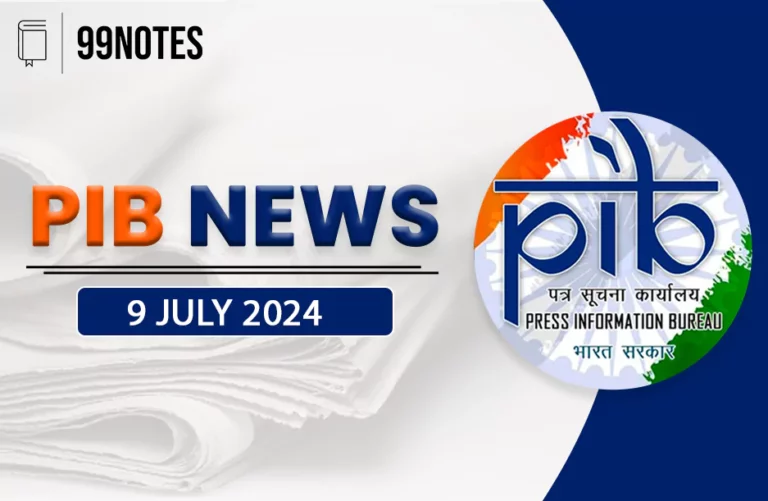21 February 2025 : Daily Current Affairs
1. Is consumption enough to drive growth?
(Source – The Hindu, International Edition – Page No. – 10)
| Topic: GS3 – Indian Economy |
| Context |
|
Understanding Economic Growth: Supply and Demand Balance
- Economic growth depends on supply (production of goods and services) and demand (expenditure to purchase these goods and services).
- If supply grows slower than demand, inflation occurs. If demand lags, firms accumulate unsold goods, leading to reduced production, job losses, and economic slowdown.
Sources of Demand in the Economy
- Private consumption: Individuals spending on food, clothing, and personal goods.
- Private investment: Firms and households investing in machinery, factories, and residences.
- Government expenditure: Includes spending on salaries, infrastructure, and development projects.
- Net exports: The balance of exports and imports in foreign trade.
Investment and Its Multiplier Effect
- Investment has a stronger impact on GDP growth than consumption.
- Example: A ₹100 investment can generate more than ₹100 in overall economic growth due to the multiplier effect.
- Investments in infrastructure (like highways) lead to job creation, business expansion, and overall economic growth.
- The multiplier effect varies depending on the type of investment and regional development.
Comparison of Economic Growth Between India and China
- In the early 1990s, India and China had similar per capita incomes.
- By 2023, China’s per capita income was five times higher than India’s (2.4 times after adjusting for purchasing power).
- China’s economic growth was investment-led, whereas India’s growth was driven by domestic consumption.

Investment Trends Over Time
- In 1992, China’s investment rate was 39.1% of GDP, while India’s was 27.4%.
- By 2007, the investment gap narrowed, but after the 2008 financial crisis, both countries responded differently.
- China increased investment in infrastructure, manufacturing, and technology, while India’s investment rate fell sharply after 2012.
- By 2023, China’s investment rate was 41.3%, and India’s was 30.8%.
Challenges in Investment-Led Growth
- Over the last decade, India’s economic growth has been consumption-driven, while China’s growth has been investment-driven.
- In 2023, consumption as a share of GDP was 60.3% in India compared to 39.1% in China.
- Weak investment, low government spending, and trade deficits contribute to slower economic expansion in India.
- Investment-led growth creates more jobs and reduces income inequality, whereas consumption-driven growth worsens income inequality.
Government’s Role in Investment
- Investment by households and private firms in India has stagnated in recent years, except for residential real estate in the early 2010s.
- Private firms in India are reluctant to invest due to weak business confidence (low animal spirits).
- The Indian government needs to increase spending in critical sectors to stimulate private investment.
Concerns Over Government’s Policy Approach
- The Indian government has not significantly increased investments in the latest budget.
- Instead, policies have favored tax concessions and a low-growth path dependent on consumption, benefiting primarily middle and upper-class consumers.
- Without a strong public investment push, India’s economic growth will remain slow, and inequalities may worsen.
| Practice Question: How does investment-led growth compare to consumption-driven growth in terms of economic development and income distribution? Analyze its implications for India’s growth strategy. (150 Words /10 marks) |
2. ‘Stagflation’ fears haunt markets despite Trump’s growth plan
(Source – The Hindu, International Edition – Page No. – 13)
| Topic: GS3 – Economy |
| Context |
|
Concerns Over Stagflation in the U.S.:
Rising Inflation and Trade Policies
- Stubborn inflation and Donald Trump’s strict trade policies have raised fears of stagflation, a mix of slow economic growth and high inflation.
- This was a major issue in the 1970s but has not yet become a real threat in recent years.
Investor and Economist Concerns
- Trade wars and tariffs could slow U.S. economic growth while inflation remains high.
- Jack McIntyre, a portfolio manager, stated that stagflation is now a real possibility due to these policies.
- Inflation rose in January at the fastest pace since August 2023, making the situation more concerning.
Tariffs and Economic Growth
- Trump’s tariffs could act as a tax on consumers, increasing prices and reducing profits and growth.
- A Bank of America survey found that more investors are expecting stagflation in the next year.
- Some experts believe that tariffs could support growth by reducing global competition, but they could also increase price pressures initially.
| What is stagflation? |
|
|
| Practice Question: Discuss the phenomenon of stagflation, its causes, and its impact on economic growth and policy-making. How can governments tackle stagflation effectively? (150 Words /10 marks) |
3. Supreme Court Directs States to Consider Premature Release of Eligible Prisoners Without Prior Application
(Source – Indian Express, Section – Explained – Page No. – 14)
| Topic: GS2 – Polity |
| Context |
|
Analysis of the news:
Understanding Remission Laws in India
- Remission refers to the reduction of a convict’s sentence duration.
- Under Section 473 of the Bharatiya Nyaya Suraksha Sanhita (BNSS) and Section 432 of the Code of Criminal Procedure (CrPC), state governments have the authority to remit sentences at any time, subject to certain conditions.
- However, prisoners convicted of severe crimes, such as those punishable by death, are ineligible for remission until they have served at least 14 years in prison.
Supreme Court’s Reasoning Behind the Shift
- Previously, in Sangeet v. State of Haryana and Mohinder Singh v. State of Punjab (2013), the SC ruled that remission required an application by the convict.
- However, the latest judgment recognizes that many state prison manuals mandate prison superintendents to initiate remission proceedings.
- The court ruled that not exercising this discretion when eligibility conditions are met would be discriminatory, violating Article 14 of the Constitution.
Key Directions Issued by the Supreme Court
To ensure uniform implementation, the SC issued several directives:
- Exhaustive Remission Policies: States must establish detailed remission policies within two months if absent.
- Reasonable Conditions: Remission conditions should be realistic, focusing on public safety, rehabilitation, and the convict’s criminal background.
- Fair Process for Cancellation: States must notify convicts and allow them to respond before cancellation of remission, ensuring that minor breaches do not automatically result in revocation.
Implications for Prison Overcrowding
- India’s prisons face a severe overcrowding issue, with a 131.4% occupancy rate as of December 2022.
- The SC’s decision may alleviate this to some extent by expediting the release of eligible convicts.
- However, since 75.8% of inmates are undertrials awaiting trial outcomes, broader reforms addressing undertrial detention remain crucial.
Conclusion
- The Supreme Court’s progressive stance on remission underscores the importance of equitable justice and the rehabilitation of convicts.
- By mandating states to proactively consider remission cases and setting clear guidelines, the judgment seeks to balance public safety, prisoners’ rights, and the pressing need to decongest Indian prisons.
| Practice Question: Discuss the significance of the Supreme Court’s recent ruling on the suo motu consideration of remission for prisoners. How does this decision impact prison overcrowding and uphold the right to equality under Article 14 of the Constitution? (150 Words /10 marks) |
4.Common biomarker for range of Cancers offers potential non-invasive method for early cancer diagnosis
(Source – https://pib.gov.in/PressReleasePage.aspx?PRID=2104995 )
| Topic: GS3 – Science and Technology |
| Context |
|
Research on Universal Cancer Biomarkers:
- Some cancers, like pancreatic and glioma, are diagnosed late, making treatment difficult.
- Scientists found common substances (metabolites) in tiny messengers called exosomes, which cancer cells release.
- These metabolites may act as universal markers to detect cancer early and develop better treatments.
- Researchers studied exosomes from pancreatic, lung, and glioma cancer cells.
- They used advanced techniques like imaging, mass spectrometry, and molecular analysis for accurate results.
- The study helps understand how cancer spreads and interacts within the body.
- These biomarkers can lead to precise, non-invasive cancer detection methods.
- Targeted therapies could block harmful metabolic pathways, making treatments more effective with fewer side effects.
- The findings support personalized medicine and better patient outcomes.
| What are biomarkers? |
|
| Practice Question: What are biomarkers, and how do they contribute to early disease detection and personalized medicine? Discuss their significance in modern healthcare. (150 Words /10 marks) |
Prelims Facts
1. The quest to rescue nearly extinct northern white rhino through IVF
(Source – The Hindu, International Edition – Page No. – 15)
| Context |
|
Last two Northern white rhinos:
- Najin and Fatu, the last two northern white rhinos, live in Ol Pejeta Conservancy, Kenya.
- The subspecies was declared functionally extinct after the last male, Sudan, died in 2018.
- Neither Najin nor Fatu can carry a pregnancy, but Fatu produces viable eggs for IVF.
- 36 fertilised embryos have been created using sperm from deceased males.
- Scientists aim to implant an embryo into a southern white rhino surrogate.
- In 2023, a surrogate became pregnant, but she died from an infection.
- Challenges remain, but BioRescue and partners remain determined to save the species.
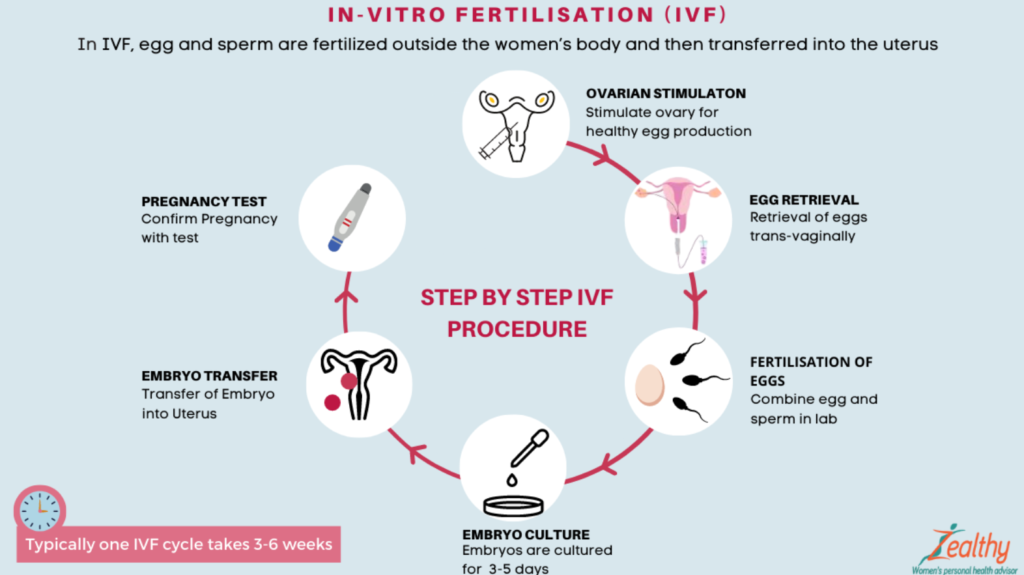
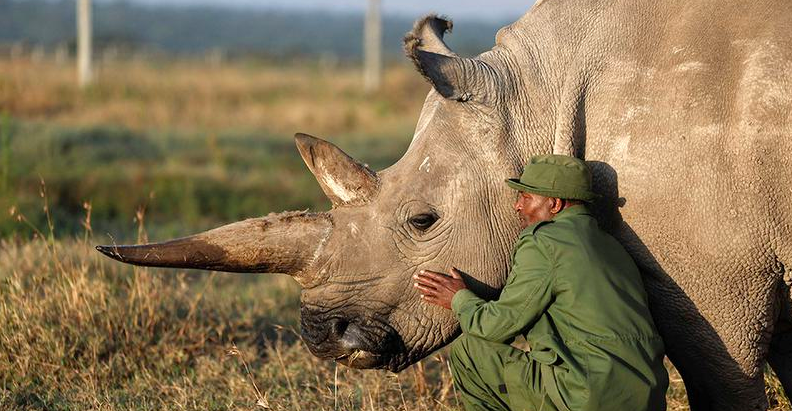
| Northern White Rhino |
|
2. SC stays Lokpal order on power over judges
(Source – The Hindu, International Edition – Page No. – 1)
| Context |
|
Supreme Court Stays Lokpal Order on High Court Judges:
- The court found the Lokpal’s interpretation “very disturbing” and stated that it could affect judicial independence.
- A Special Bench comprising Justices B.R. Gavai, Surya Kant, and A.S. Oka took suo motu cognizance of the order.
- The case is based on allegations that a High Court judge influenced a verdict favoring a former client.
- The Lokpal argued that High Courts predated the Constitution and were constituted under British Parliamentary Acts.
- The Supreme Court maintained that High Court judges are not under the jurisdiction of the Lokpal.
- Solicitor General Tushar Mehta supported this view, stating that High Court judges are not within the Lokpal’s ambit.
- The next hearing is scheduled for March 18.
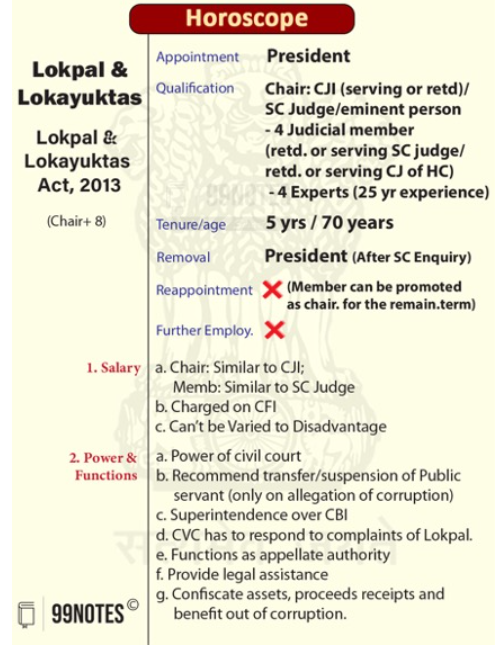
3. Article 101(4)
(Source – Indian Express, Section – Explained- Page No. – 14)
| Context |
|
Analysis of the news:
Constitutional Provision on Absence
- Article 101(4) of the Indian Constitution states that if a Member of Parliament (MP) is absent for 60 consecutive days without permission, the House may declare their seat vacant.
- However, this period excludes days when the House is adjourned for more than four days or prorogued.
- Amritpal Singh has attended only one sitting since his election, accumulating nearly 50 absences.
Process for Seeking Leave
- The Constitution allows MPs to seek permission for prolonged absences by writing to the Committee on Absence of Members from the Sittings of the House.
- The committee reviews and recommends each application, which is then ratified by the House. Historically, such applications, including those citing imprisonment, have rarely been rejected.
- For instance, in 2023, BSP MP Atul Rai was granted leave for 23 consecutive sittings due to incarceration.
Likelihood of Seat Disqualification
- Even if an MP exceeds the 60-day absence limit, the House must vote to declare the seat vacant.
- Given this additional procedural safeguard, the likelihood of Amritpal Singh losing his seat solely due to non-attendance remains minimal.
- Notably, there is no precedent of Article 101(4) being invoked to disqualify an MP for prolonged absence.
4. Ukraine’s Mineral Resources
(Source – Indian Express, Section – Explained- Page No. – 14)
| Context |
|
Analysis of the news:
Importance of Ukraine’s Mineral Resources
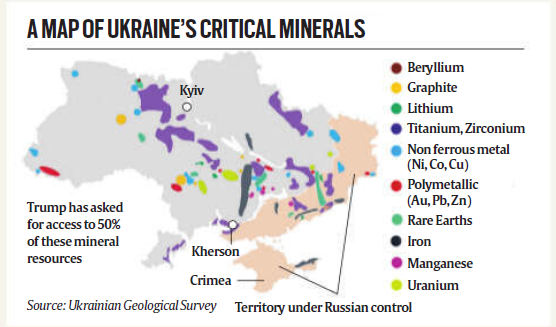
- Ukraine possesses vast deposits of critical minerals, essential for high-tech industries, defense systems, electric vehicles, semiconductors, and clean energy solutions.
- Notably, Ukraine holds 22 of the 50 minerals classified as critical by the US, including graphite, lithium, titanium, beryllium, and uranium.
- These resources are strategically significant as China dominates the global supply, making Ukraine’s deposits crucial for US interests.
The US Proposal and Ukraine’s Stance
- The US, under Donald Trump’s proposal, seeks access to 50% of Ukraine’s critical mineral resources in exchange for military support against Russia.
- Trump argues the US is owed $500 billion worth of Ukraine’s resources, far exceeding the $69.2 billion in military aid provided since 2014.
- While Ukrainian President Zelenskyy is open to a deal, he demands more favorable terms, emphasizing stronger security assurances rather than mere economic arrangements.
Challenges to US Access to Ukraine’s Resources
Trump’s proposal faces four significant challenges:
- Legal Barriers: Ukraine’s constitution states that subsoil resources belong to its citizens, requiring any deal to comply with national laws.
- Lack of Exploration Data: Much of Ukraine’s mineral deposits remain underexplored, with outdated geological surveys from the Soviet era.
- Existing EU Agreements: Ukraine signed a ‘strategic partnership on raw materials’ with the EU in 2021, potentially complicating US access.
- Territorial Control Issues: Key mineral-rich regions remain under Russian occupation, further complicating extraction efforts.
Geopolitical Implications
- The US sees economic stakes in Ukraine’s minerals as a form of security guarantee, believing that American investments would necessitate defending those interests.
- However, without clear agreements and territorial control, leveraging Ukraine’s mineral wealth remains complex.
- The evolving negotiations highlight the strategic interplay between economic interests and geopolitical security in the Russia-Ukraine conflict.
check more – 20 February: Daily Current Affiars



